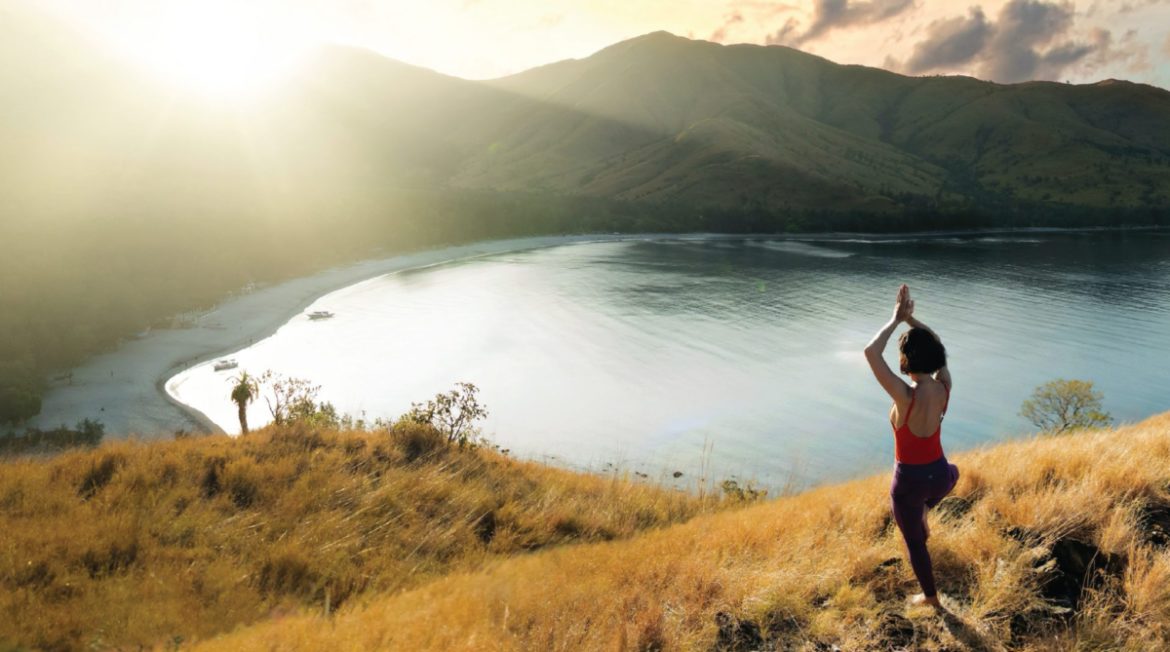What do you think of when you picture exercise? Maybe it’s sprinting around a track or being yelled at by a personal trainer. Those methods are effective for turning up the burn, yes, but high-intensity workouts aren’t the only pathway to fitness. In fact, if you take a look at the healthiest and longest-living people on Earth, they’re doing something much different.
There are places around the world where concentrated populations of elders live well into their tenth decade. These people, over the age of 100, are called centenarians and the geographical pockets in which they live are dubbed “Blue Zones.” Much can be learned by studying these regions – mainly, how have the longest-living people stayed so healthy and maintained their fitness throughout their lives?
What we discover from the Blue Zones is that exercise can take many forms. The most consistent movement seen in these long-living and healthy centenarians is just … daily life!
They garden, walk, move their bodies, and live in a generally active way. How long you live is not mostly determined by your genes. It is actually 80% influenced by how you live. The height of living well seems to be moving well.
The benefits of exercise are widely known. It helps improve your sleep, decreases stress, heightens your health, and strengthens all aspects of your body, from muscle to heart to brain.
Low-intensity exercise, like walking 10,000 steps three times a week, has been shown to significantly improve cholesterol, decrease blood pressure, and improve mobility and function. The most important realization here is shifting our mindset for how we define “exercise.” It doesn’t have to be a class at your gym or a fast-paced video. It’s simply moving — moving in a way that helps you feel good and happy, and doing it frequently and often.
Here are the secrets to the Blue Zone lifetime fitness:
- Move frequently, ideally every 20–30 minutes, avoiding long sedentary periods.
- Achieve low/moderate intensity movement about 5–10 hours a week. Move your body to the point of breaking a sweat or increasing your breath rate. Think brisk walking, cycling, or swimming.
- Do something you enjoy.
- Find movement you can easily fit into your daily schedule.
This daily-movement method can take many shapes. One of the best ways to log your active time is to simply walk – a stroll through your neighborhood or as a local commute. When you complete physical tasks and chores throughout your day, aim to move through your body’s full range of motion: squat down to lift the laundry basket, do a one-legged “golfer’s pick up” to fetch the item you dropped on the floor. On the weekends, aim for a longer bout of motion, like a hike in the woods, a cycle down the boardwalk, or time spent in your garden.
Our habits in life happen in seasons. Sometimes you may be motivated to perform daily exercise, while in other phases, you’re not. But remember, you can view fitness more like a ritual, a natural part of your routine, something that simply happens throughout the day. By braiding low-intensity activity into your schedule, you take a Blue Zones approach to exercise.
Think of exercise not like a workout, but as a daily mantra. Wellness is a multifaceted aspect of human health, and physical fitness is just one piece of that puzzle. The journey toward health and longevity includes an intentional collaboration of caring for your body, your mind, and your people.

